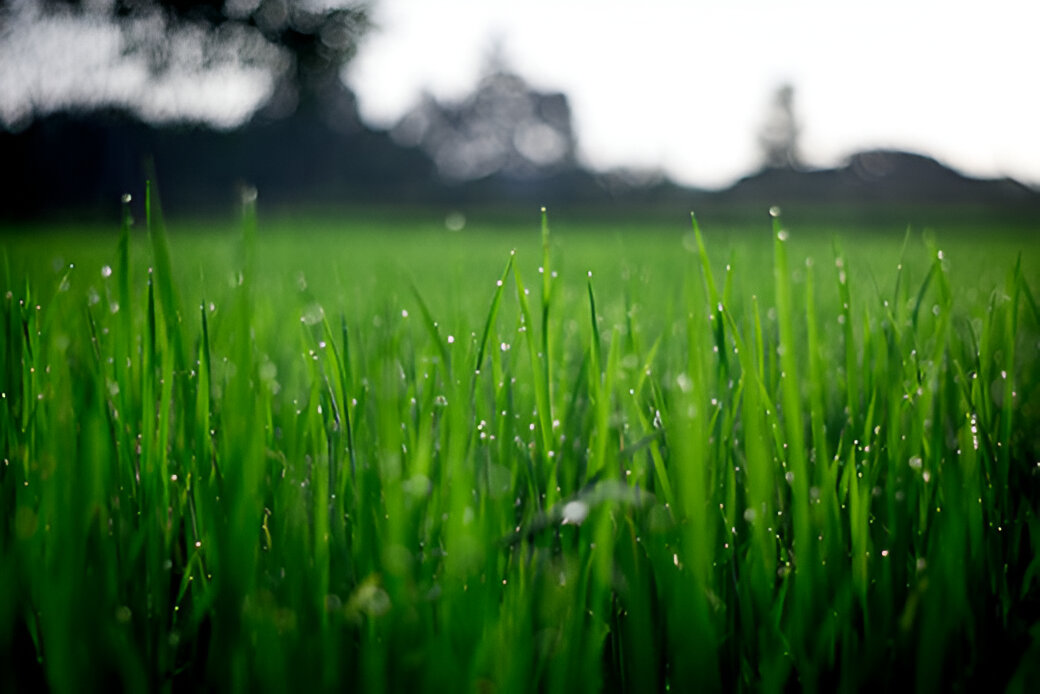The petite purple blooms of wild violets, often seen in lawns across Kansas this time of year, serve as a food source to bees and other pollinators, Kansas State University horticulture expert Cynthia Domenghini said.
Broadleaf weeds found in the lawn compete with turfgrass for nutrients and water.
Both require some attention. How much depends on the individual.
“The bottom line is each homeowner has to evaluate their lawn goals when deciding how to maintain it and whether treatment is necessary,” Domenghini said.
For some homeowners, a uniform lawn is important. Domenghini said if you identify with this desire, then you will need to follow proper maintenance guidelines to keep a dense lawn that can better combat weeds and pests.
“You may also need to consider using a post-emergence herbicide to combat wild violets,” Domenghini said. “Triclopyr is effective in cool-season turfgrass and can be found in Turflon Ester, Triclopyr Ester and Weed-B-Gon Chickweed, Clover & Oxalis.”
These products can be used for tall fescue and Kentucky bluegrass. Triclopyr products will cause severe injury to bermudagrass. Weed-B-Gon Chickweed, Clover & Oxalis is labeled for buffalograss and zoysia.
“Follow all label instructions and never spray on windy days or when the temperature is over 90 degrees,” Domenghini said.
Homeowners who enjoy variations of color and leaf shape in the lawn may choose to tolerate a certain amount of persistent broadleaf weeds. Some plants often disregarded as pesky weeds do have value for wildlife, Domenghini said.
“Their presence can be managed with proper lawn maintenance and hand-pulling/digging to prevent them from overtaking the landscape while allowing early season pollinators to benefit from the food source they provide,” Domenghini said.
Domenghini and her colleagues in K-State’s Department of Horticulture and Natural Resources produce a weekly Horticulture Newsletter with tips for maintaining home landscapes and gardens. The newsletter is available to view online or can be delivered by email each week.
Interested persons can also send their garden and yard-related questions to Domenghini at [email protected], or contact your local K-State Research and Extension office.
Brand names used in this article are for identification purposes only and do not indicate an endorsement by Kansas State University of any specific product.




